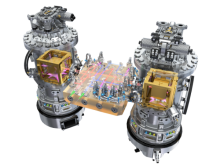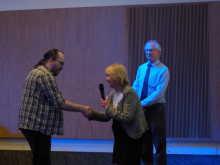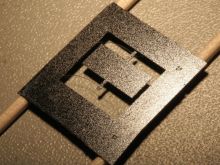The European Space Agency’s LISA Pathfinder mission has demonstrated the technology needed to build a space-based gravitational wave observatory.
In what has been an exceptional few months for the field of gravitational wave science, with the first direct detection having been recently announced, [link ‘first direct detection’ to newsletter article on GW detection] the European Space Agency (ESA) has announced the first results from the LISA Pathfinder mission – and they exceed all expectation.
For many years the international gravitational wave community has targeted having ground and space based observatories. The ground-based network is now operating with mind-boggling sensitivity, and continually improving, such that we have now made the first direct detections of gravitational waves. But we are only just scratching the surface of the scientific rewards to be harvested from decades of research to date.



